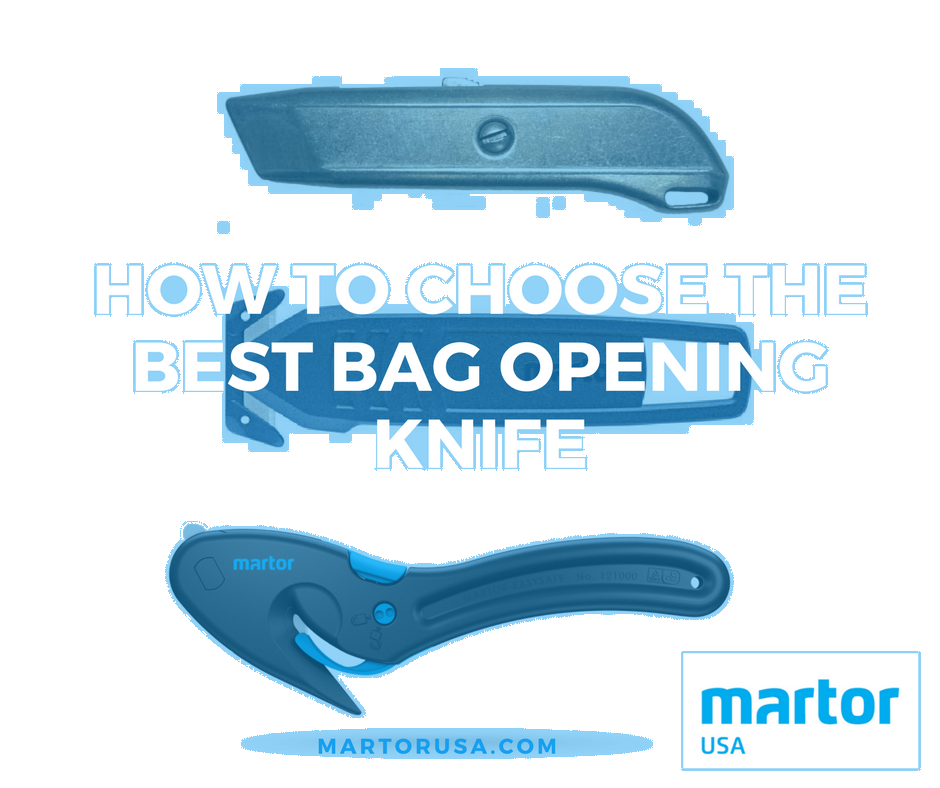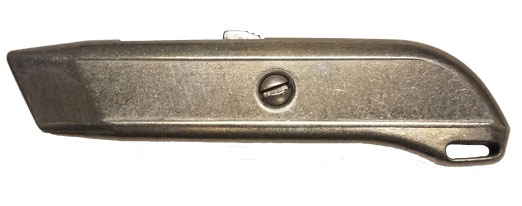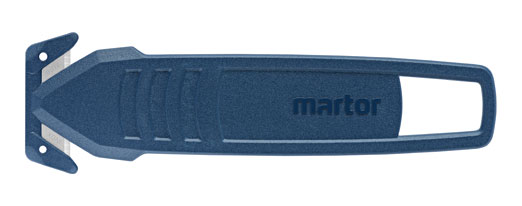
In the food processing industry, workers frequently open bags that weigh as much as 50 pounds or more. There are several factors to take into consideration when choosing the best bag opening knife for your company. Depending on the safety risks your company wants to prioritize and the types of bags your workers open on a regular basis, there are different features you should look for in a knife. Choosing the right bag opening knife can mean preventing safety hazards for both the workers in the food plant and the customers.
The average cost per claim for a laceration injury is $36,472 and over 1 million hand injuries occur each year in the United States, 63% of which are from knife lacerations. If managers at food processing plants choose safety knives that are specifically tailored for opening bags, the chances of workers being injured from knife lacerations will drop significantly. Knives with concealed blades or fully automatic retractable blades are great for opening bags. Concealed blade knives easily cut material, but because the blades are hidden, the likelihood of causing a laceration is very small. With the fully automatic retractable smart knives, the blades retract every time they lose contact with the bag. This also reduces the chance of knife lacerations in the workplace.
Another safety concern with bag opening is the risk of a worker dropping a knife into a vat of food. While it may not happen often, it has happened before and the safety risk is not worth it. It is easy for regular knives to go undetected after falling into a vat of food. They can get mixed in with the ingredients and sometimes get broken up into small pieces. The non-edible, potentially sharp and dangerous materials can go unnoticed until a customer finds them. This is a horror story for food processing companies. In order to 100% prevent that from happening, make sure the knives used to open bags and any materials in a food processing plant are made of metal or Metal Detectable Plastic (MDP). That way metal detectors can identify that a knife has fallen in.

While the chances of a knife falling into a vat of food may not be that high, the chances of material from a bag breaking off as it is opened and getting mixed in with ingredients is much higher. To avoid this, consider knives that stabilize the bags as they are being cut. One example of this is the Martor Secumax Easysafe. It is commonly used for bag opening because there is an integrated plastic 'material-guide' that makes cutting bags easier by keeping individual layers from jamming. This prevents the material from dispersing and mixing in with the ingredients. 
For bags with three or more layers of material, you may want to go with a knife that has a long blade extension. These knives are not the safest because they do not retract automatically, but the longer blades will easily cut through the thick, multilayer bags that many ingredients are stored in.

Please login to comment.
Don't have an account?
Sign Up for free